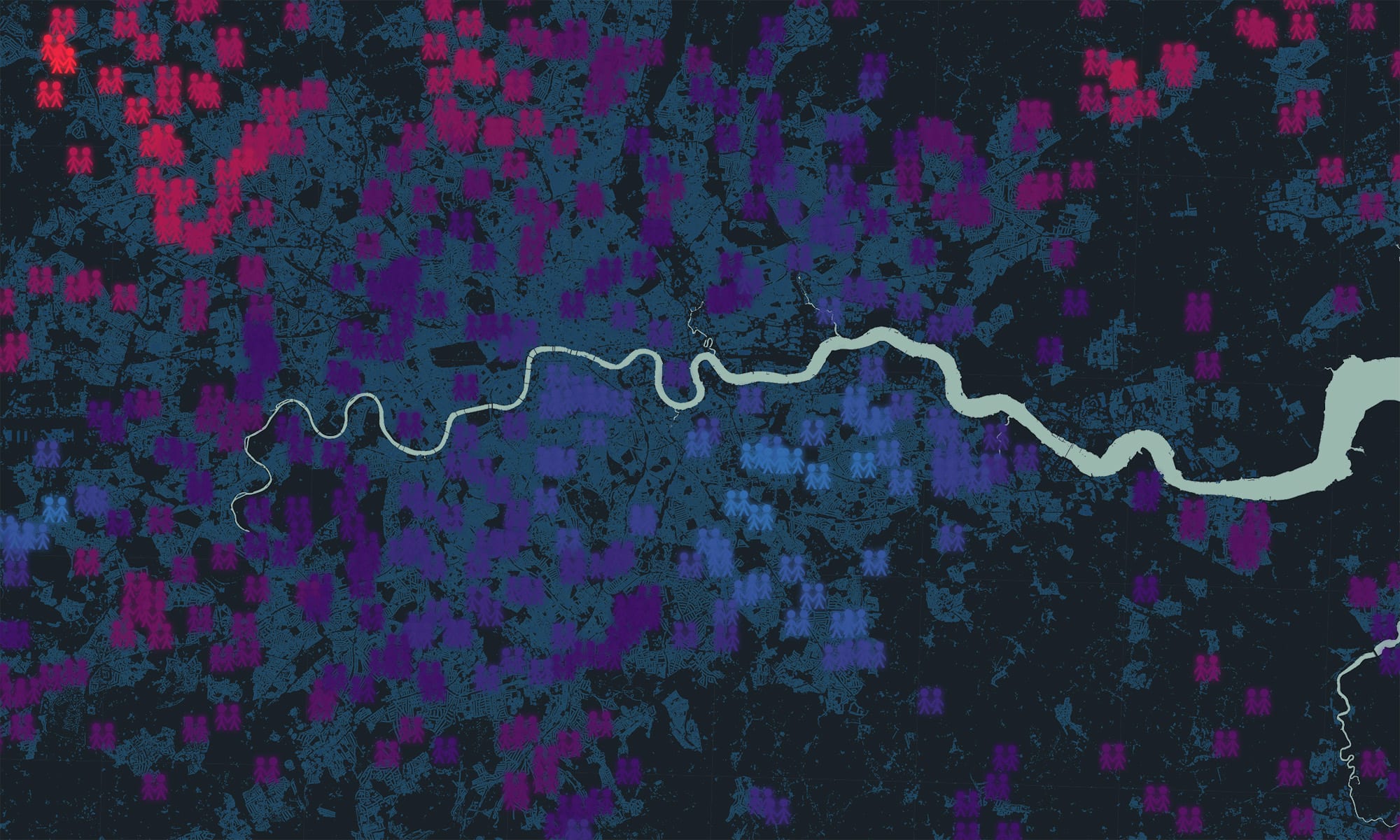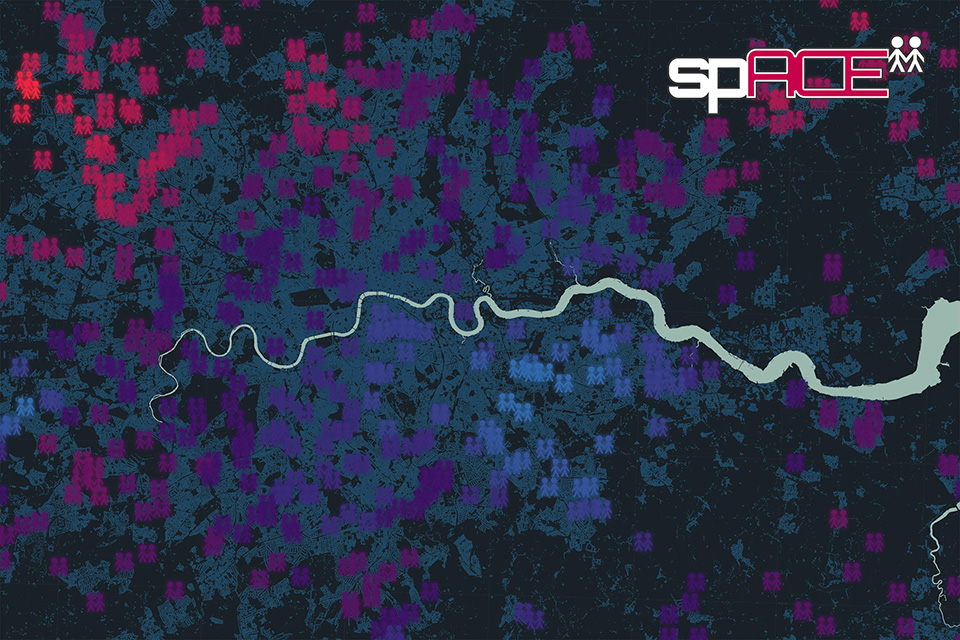Twin studies allow us to estimate the relative contributions of nature and nurture to human phenotypes by comparing the resemblance of identical and fraternal twins. Variation in complex traits is a balance of genetic and environmental influences; these influences are typically estimated at a population level. But what if the balance of nature and nurture varies depending on where we grow up? We developed the spACE approach to analyse and map genetic and environmental hotspots using data from large twin cohorts.
By identifying areas where genetic or environmental variants are more important, we hope to increase power to identify novel geographically distributed environments that interact with our genomes, and to increase power to detect the genetic variants themselves using DNA sequence data. This video shows the interactive maps we developed in the initial stage of the project using data from the Twins Early Development Study (TEDS), with support from the Wellcome Trust and the MRC.
The original article, the spACE twin model, the visualisation software and all the maps are freely available under open source licences from this download page. The research was covered by the international media, including by the NPR Blogs in the US and the Wellcome Trust Blog, the Times and the Daily Telegraph in the UK:
https://twitter.com/UnblockResults/status/212748321561919490
We are continuing to work with TEDS, as well as with other twin studies from around the world, to explore these patterns for a whole range of different traits and in different countries. Naturally we will also be fascinated to see how these maps change over time as each population cohort grows up, and we will be adding more maps and updating the software as the project evolves, so watch this spACE!


